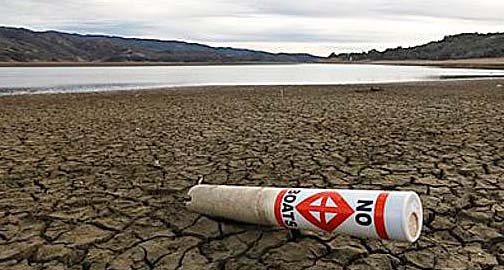Proposition 3 Water Bond on Nov. Ballot
Initiative Would Fund Urgent Water Projects
By Patrick Cavanaugh, Editor
California Proposition 3, the Water Infrastructure and Watershed Conservation Bond Initiative, will be on the 2018 ballot. A yes vote supports the measure to authorize $8.8 billion in general obligation bonds for water infrastructure, groundwater supplies and storage, surface water storage and dam repairs, watershed and fisheries improvements, and habitat protection and restoration.
If passed, the bonds will help fix subsidence issues and the Friant Kern canal. If passed, this bond is sure to go to fixing things instead of being taken hostage by the California Water Commission and not used as it was intended.
Jason Phillips, CEO of the Friant Water Users Authority, which operates the Federal Friant Kern canal said, “It is real money that will be used. And I think what California will realize is that there’s a real need for that, and when you look at the size of California and the fact that the bond will fund projects that go from as far down as San Diego and the Salton Sea, and as far north to support the repairs needed Oroville Dam, it’s a 100 percent bond that would fund it, no reimbursement required, and the money would come straight to the Friant Water Authority to be used immediately.”
“We’ve already worked with Department of Water Resources to make sure that when the bond passes, we could start submitting requests for some of that funding immediately to start working on the canal in November 2018,” he said.
The subsidence along the canal is a big problem, and it’s growing. The worst part of it is in the middle of the 152-mile canal. The capacity of the canal has been reduced by about 60 percent, and that causes significant problems when there’s high demand, such as the middle of summer when the farmers need the water to put on their crops.
“It’s in the middle of summer, everybody’s asked for water, and we’re not able to move everything, so we have to turn people down and so what do they do? They have to turn on groundwater wells to supplement, and that is the problem that is causing more subsidence and right now,” Phillips explained.
Phillips said the canal, at it’s worse spot is, is sinking at about an inch a month.
Go to waterbond.org for more information.















